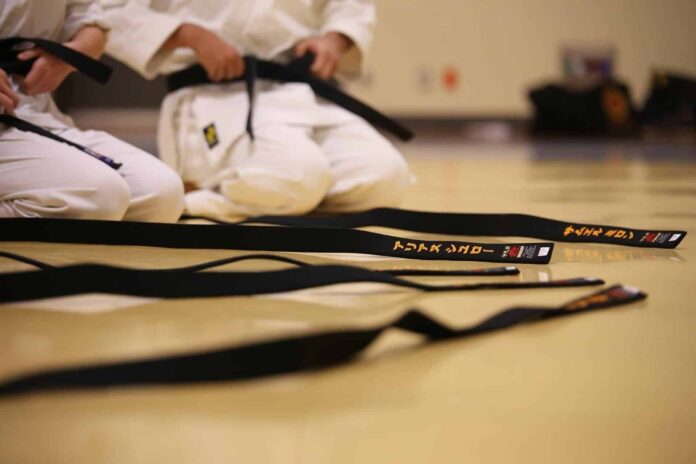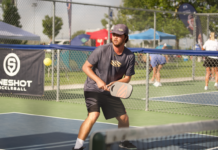You’ve probably heard of traditional and modern martial arts if you love combat sports. But what makes a discipline traditional or modern?
While both improve your fighting and self-defence, a traditional martial art teaches additional life skills. These disciplines focus on improving other aspects of life besides your fighting ability.
Characteristics of Traditional Martial Arts
Since it’s meant to improve you holistically, traditional martial arts learning techniques have a broader scope than modern combat sports. Most disciplines use a coloured belt ranking system that shows your experience level. For instance, a black belt is the most skilled person in karate. On this website, you can find more information.
Additionally, training continues beyond the ring. You’ll likely get involved in sessions that don’t require fighting. A taekwondo instructor might tell you to do something you deem unrelated to the sport to test your obedience.
Gichin Funakoshi, the proponent of modern karate, was a proficient combatant with excellent poetry and intellectual skills. He outlined 20 rules that students should follow to become better human beings.
The Japanese call the additional aspect of martial arts budo. It focuses on improving the student’s mind and self-development.
Besides the teachings and philosophies, some traditional martial arts have rituals. In Muay Thai, fighters perform dances before fighting for good luck.
Popular Traditional Martial Arts
Here are the most famous traditional martial arts.
-
Aikido
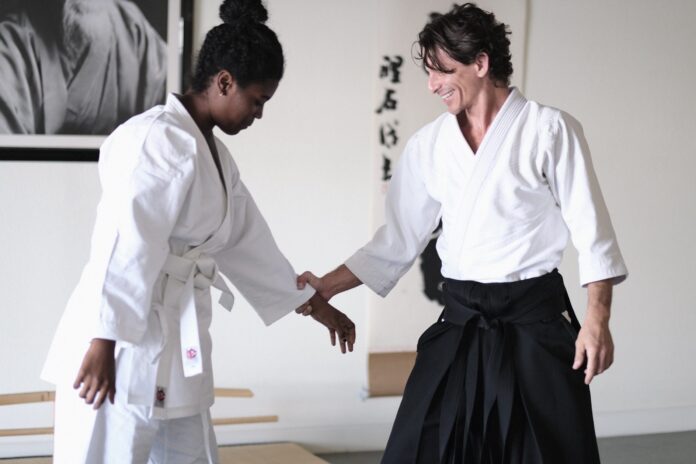
Aikido is a Japanese martial art that focuses on harmony, overcoming ego, and peacefulness. Its main objective is improving physical and mental wellness.
Although it teaches defensive techniques like joint locks, throws, and strikes, aikido is less effective than other combat sports in self-defence. It aims to help you defend yourself without hurting your attacker. As such, you can get injured while trying to neutralise your attacker.
-
Karate
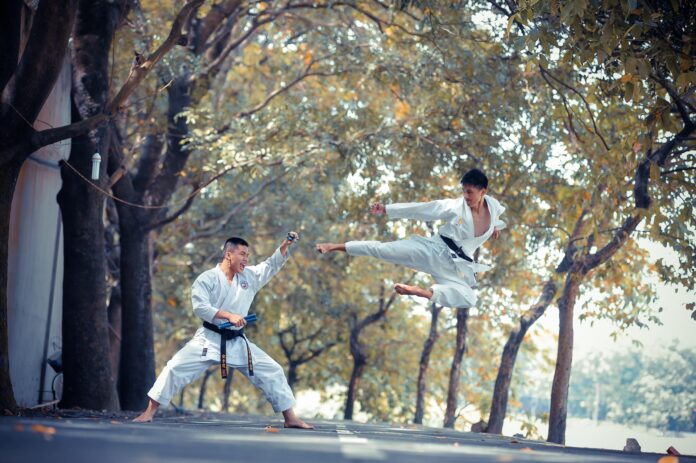
Karate is arguably the most famous traditional martial art. Karate training benefits all aspects of your life. On the physical side, it improves strength, coordination, and agility. Mentally, it improves your thought process, composure, and self-confidence.
Other life skills acquired through karate training include courtesy, integrity, humility, justice, and honour.
-
Judo
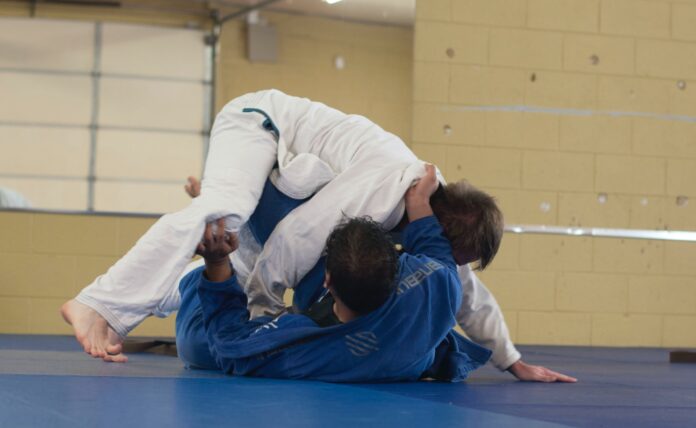
Judo is a martial art that emphasises grappling and wrestling. Its popularity increased in the 1960s after its introduction as an Olympic sport.
Most people feel that Judo is the most challenging martial art to master. It’s brutal on the body and has complicated techniques, making it hard for beginners to feel progress. Sometimes, training can feel repetitive.
However, the sport’s toughness builds resilience. If you manage to see out the training, it improves your mental strength.
-
Kung Fu
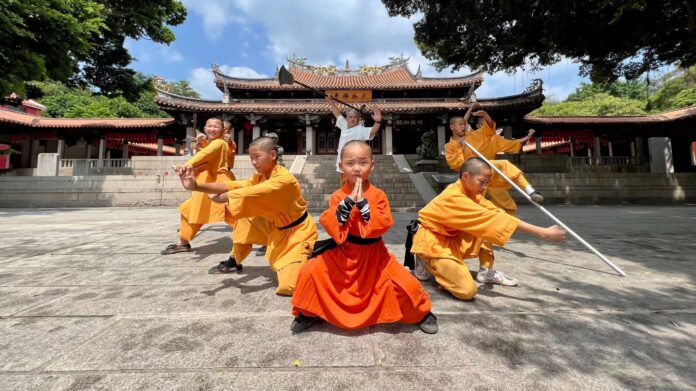
Kung Fu is a Chinese martial art combining different fighting techniques, similar to modern kickboxing. It also has several philosophies based on Buddhism, Confucianism, and Taoism. Training emphasises respect for parents, teachers, and elders.
-
Taekwondo
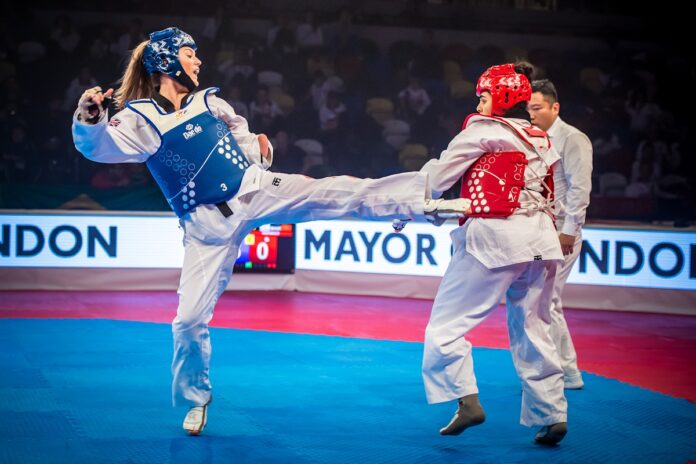
Taekwondo has many similarities with karate. Like the latter, it also teaches respect and obedience.
What are the benefits?
Learning traditional martial arts techniques offers many physical, mental, and emotional benefits to practitioners.
Physically, traditional martial arts training teaches methods of self-defense that can be used in both training scenarios and real-life situations. This type of physical training can provide good exercise and help to tone muscles while strengthening the body in ways regular aerobic exercise routines cannot.
Mentally, martial arts training requires focus and discipline. Students must learn how to control their anger or fear and apply their energy to learning traditional martial arts techniques in order to achieve success. The practice also requires intense concentration in order to master certain movements or stances which helps to improve overall cognitive function.
Emotionally martial arts can also benefit practitioners by providing them with a sense of belonging amongst their peers as well as teaching them how to be comfortable with themselves and confident in their own abilities. Traditional martial arts techniques promote calmness through breath control which helps those practicing take better control over their feelings when faced with stress or difficult circumstances.
Learning traditional martial arts techniques provides students with a sense of accomplishment that can foster positive mental well-being and improved self-esteem as they progress from beginners into accomplished practitioners.
Safety Considerations
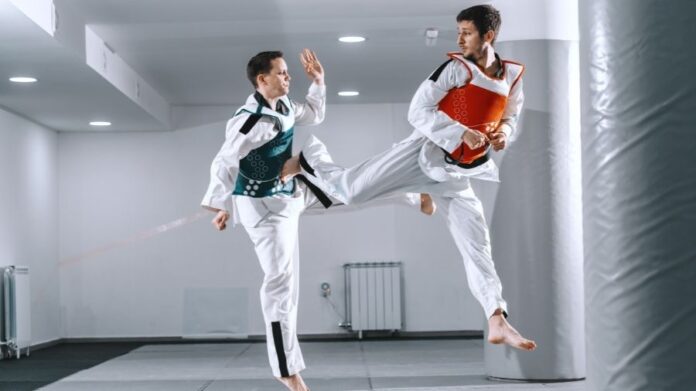
Before embarking on any type of physical activity, it’s important to consider the potential risks and dangers that come along with practicing traditional martial arts. Whether you’re a seasoned practitioner or a beginner learning traditional martial arts techniques, taking some basic safety precautions is essential for injury prevention.
To practice traditional martial arts in a safe way, begin by using appropriate protective gear and attire. Appropriate attire consists of lightweight workout clothing, such as sweatpants or shorts and t-shirts; sturdy shoes, such as sneakers or boots; and shin guards (for activities involving kicking). Depending on the specific activity being practiced, additional protective gear may be required.
When practicing any type of physical activity, stay hydrated by drinking plenty of water before and after your training sessions; avoid sugary drinks, energy drinks, or alcohol before or during practice as they can lead to dehydration. Be sure to take rests every few minutes while practicing—this not only allows time for rehydration but also provides time to evaluate proper technique and address fatigue that may otherwise lead to more serious injuries if not carefully monitored.
Also, be aware when stretching prior to physical activities that you do so gently yet effectively – overstretching can lead to muscle sprains or tears as well as contribute to joint imbalances due to becoming overly tight in certain areas. It is important to always check with trained professionals if in doubt about proper stretches for your particular needs.
Finally, work with an experienced instructor who understands the potential risks involved in practicing traditional martial arts forms and who can guide you through the steps necessary for protecting yourself from injury. This combination of preparing your body appropriately before beginning new exercises, staying hydrated throughout sessions, and having access to an experienced instructor will ensure safety when learning traditional martial arts techniques.
Wrapping Up
Traditional marts are still popular despite the emergence of ‘easier’ modern options. The additional lessons and rituals might seem useless, but they help you become a better person.
However, it’s worth noting that succeeding in the traditional disciplines requires more focus and determination.

